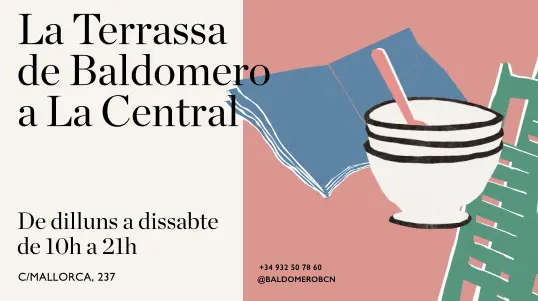Theatre without Vanishing Points/Theater ohne Fluchtpunkt

Theatre without Vanishing Points/Theater ohne Fluchtpunkt
Editorial: Alexander Verlag
EAN: 9783895812279
Per confirmar
- Consulta-ho a la llibreria
The legacy of the Swiss theatre reformer Adolphe Appia has influenced and still influences numerous artists to the present day. In his day his reforms were tantamount to an iconoclasm: Appia threw the scenic stage that was focused on vanishing points overboard as well as its perspective code in favour of a new type of system, a system of "scenic modules". Instead of setting the world into the picture within the theatre he explored the performativity of space and designed the stage - in accordance with the scientific insights of his day and age - as an open, dynamic field. A fundamental innovation of these experiments was the fact that space and movement - and there - by scenography and choreography - were for the first time ever dealt with interdependently. Space and the bodies of the actors, in an interplay with music and rhythm as well as the - back then - technical innovation of electric light, were now staged as "live art" and an event.
Almost a century later our book once again discusses and examines Appia´s legacy - starting with the observance that it explicitly or implicitly shows its traces in the works of artists such as Robert Wilson, William Forsythe or the artistic group Hotel Pro Forma, amongst others. In what way is his legacy - seen from an artistic point of view - still relevant today? What significance does it have within the horizon of new media technology as well as the current ongoing interdisciplinary discussion on space ("spatial turn")? The articles in this book, coming from the disciplines Theatre and Dance Studies, Music Studies, Iconography and Visual Studies, Architecture and Media Theory, examine these questions. In addition to academics, scientists and dramaturges, artists from the disciplines Dance, Performance, Music and Composition, Performative Installation, Mixed Media and Net Art also contribute to our research and discourse. The book is based on a conference of the same name that was realized in 2007 as an "on-site-event" at the Festspielhaus (festival theatre) Dresden-Hellerau - the historical work -place of Appia.
Contributors: Richard C. Beacham, Gabriele Brandstetter, Barbara Gronau, Ulrike Grossarth, Ulrike Hass, Jörn Peter Hiekel, Sabine Huschka, Michael Magruder, Freddie Rokem, Gerald Siegmund, Manos Tsangaris, Elizabeth Waterhouse, Freya Vass-Rhee, Birgit Wiens and Annett Zinsmeister.
Almost a century later our book once again discusses and examines Appia´s legacy - starting with the observance that it explicitly or implicitly shows its traces in the works of artists such as Robert Wilson, William Forsythe or the artistic group Hotel Pro Forma, amongst others. In what way is his legacy - seen from an artistic point of view - still relevant today? What significance does it have within the horizon of new media technology as well as the current ongoing interdisciplinary discussion on space ("spatial turn")? The articles in this book, coming from the disciplines Theatre and Dance Studies, Music Studies, Iconography and Visual Studies, Architecture and Media Theory, examine these questions. In addition to academics, scientists and dramaturges, artists from the disciplines Dance, Performance, Music and Composition, Performative Installation, Mixed Media and Net Art also contribute to our research and discourse. The book is based on a conference of the same name that was realized in 2007 as an "on-site-event" at the Festspielhaus (festival theatre) Dresden-Hellerau - the historical work -place of Appia.
Contributors: Richard C. Beacham, Gabriele Brandstetter, Barbara Gronau, Ulrike Grossarth, Ulrike Hass, Jörn Peter Hiekel, Sabine Huschka, Michael Magruder, Freddie Rokem, Gerald Siegmund, Manos Tsangaris, Elizabeth Waterhouse, Freya Vass-Rhee, Birgit Wiens and Annett Zinsmeister.















